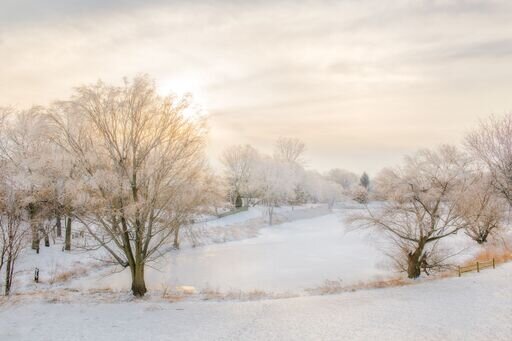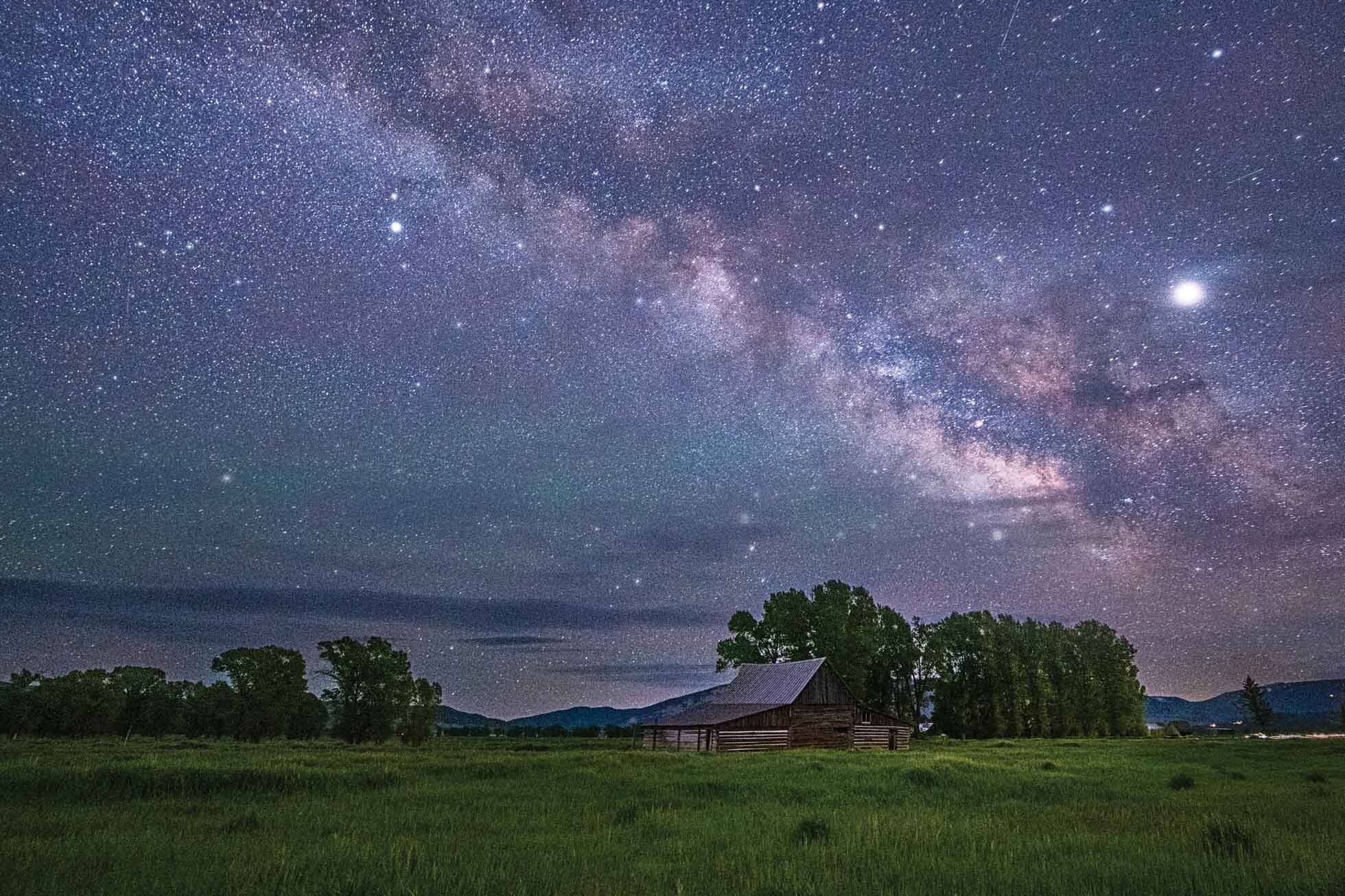Mother Nature is not always cooperative in providing beautiful sunrises, sunsets, and days with blue skies and white puffy clouds. Sometimes she sends us stormy and inclement conditions like rain, snow, and fog. While all of these things can provide challenging circumstances, they often create the most atmospheric and unique landscape imagery. So instead of hiding inside, grab the camera and embrace the atmosphere.
Three atmospheric conditions to capture:
1) Fog & Low clouds
Fog can be challenging as it creates low visibility, difficulty driving and may obscure the beautiful views you find in the mountains or along the coast, for example. On the positive side, fog can create a sense of mystery, enhance atmosphere and provide a soft, dreamy mood. In obscuring some details, fog enhances the beauty of other details and creates a stunning contrast to finer and rougher textures, such as the hard rock of mountain tops or the needles of pine trees. Fog may isolate foreground objects like trees, flowers or animals from the background, simplifying the scene.
2) Snow & Frigid Temperatures
My guess is most won’t need a lot of encouragement to get out there on those beautiful winter days when big puffy snowflakes are falling. There is something truly magical about falling snow. Even in heavily falling snow, the views can be beautiful. The snow often comes with a drab white sky, but the foreground is enhanced by the atmosphere created with fresh snowflakes.
Many people shy away from the extremely frigid temperatures you that sometimes come after a beautiful snowfall. I encourage you to prepare for the cold with many layers and grab those hand and toe warmers because the icy temperatures often lead to unique ice formations and extra sparkly snow.
3) Rain
A hard drenching downpour is not going to provide you with the most enjoyable shooting conditions nor create the most pleasing images. However, rain in many situations can create opportunities for stunning imagery. Storms coming in or clearing up can create extremely dramatic skies.
In many places where you can see miles in every direction, the distant rain is stunning to capture.
Rain comes down in the distance among the golden sunrise light off the coast of Turks & Caicos.
Even light rain as it splatters on the water of a lake or on puddles can create a beautiful story not typically captured.
And if you’re lucky, rain that is short lived may even reward you with a rainbow in the end!
After watching the rain come in, my husband and I ran for cover. As it lightened, I looked back and knew we’d see a rainbow! So worth getting a little wet!
In most situations, beauty can still be found when Mother Nature throws us some precipitation and inclement weather mixed with just a small breakthrough of the sun can create the most astounding images! Do you have a dramatic weather image you love? I’ve love to see them!
My online landscape photography workshop, The World Around You, is now open for registration! Sign up at Click Photo School. This will likely be the only run of 2020 as my fall is filled with retreats.
Kristen Ryan is an award winning and published landscape and fine art photographer and educator residing in the Midwest suburbs of Chicago. All images are available for purchase in the Fine Art Store or by request. Kristen leads ladies landscape photography retreats in the Tetons, Chicago, and the Canadian Rockies, offers private mentoring and teaches an online landscape photography workshop, The World Around You.

























